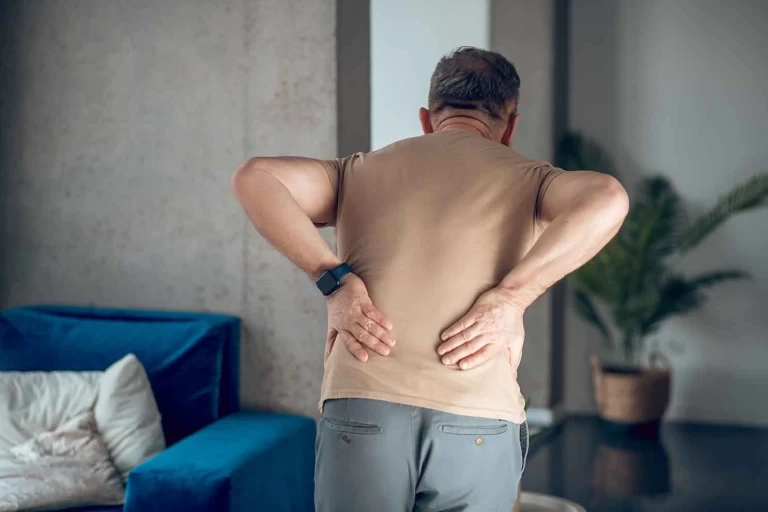Lower back pain is a common ailment that affects millions of people worldwide. Among the various causes, muscle strain in the lower back is a prevalent issue that can significantly impact daily activities. A strain of muscle, fascia, and tendon in the lower back, occurs when these tissues are overstretched or torn. This blog post delves into the causes, symptoms, and effective management of lower back strain, helping you regain your mobility and comfort.
What is Lower Back Strain?
Lower back strain involves injury to the muscles, tendons, or fascia—the connective tissue that surrounds muscles and organs. Although it is often referred to simply as a "back strain," this condition specifically impacts the lumbar region, which bears much of the body's weight during physical activities.
Causes of Lower Back Strain
The lumbar region of the back is susceptible to strain due to its pivotal role in everyday movements like lifting, twisting, and bending. Common causes of lower back strain include:
- Improper Lifting Techniques: Lifting heavy objects without proper form can put undue stress on the lower back, leading to strained muscles and tendons.
- Sudden Movements: Quick, unexpected movements, especially when twisting or bending, can easily overstretch the back muscles.
- Poor Posture: Chronic poor posture, particularly during prolonged sitting or standing, can weaken back muscles and contribute to strain.
- Physical Overexertion: Engaging in high-intensity activities without adequate conditioning can overwork the lower back muscles.
- Accidents and Falls: Traumatic events like falls or sports injuries can cause immediate and severe muscle strain.
Symptoms of Lower Back Strain
Recognizing the symptoms of lower back strain is crucial for timely and effective treatment. Common symptoms include:
- Pain and Discomfort: Pain that intensifies with movement and diminishes with rest is a key indicator of muscle strain.
- Muscle Spasms: Sudden, involuntary muscle contractions in the lower back can cause severe pain and disability.
- Limited Mobility: Difficulty bending, twisting, or completing normal movements without pain.
- Swelling and Inflammation: The affected area may exhibit signs of swelling.
Diagnosis
Diagnosis typically involves a physical examination and a review of the patient’s medical history. Doctors may perform various tests, such as range of motion and reflex tests, to rule out other conditions. Imaging tests like X-rays or MRIs are not routinely used to diagnose muscle strains but may be employed if a more severe injury is suspected.
Treatment and Management
The initial treatment for a lower back strain is conservative and focuses on relieving pain and promoting healing. Here are some effective strategies:
- Rest: Short periods of rest can help, but prolonged inactivity may hinder recovery.
- Ice and Heat Therapy: Applying ice packs during the first 48 hours helps reduce swelling. After this period, heat packs can aid in relaxing and healing the muscles.
- Pain Relief Medications: Over-the-counter pain relievers like ibuprofen or acetaminophen can alleviate pain and inflammation.
- Physical Therapy: Once the acute pain subsides, physical therapy can strengthen the back muscles and improve flexibility.
- Correct Posture and Ergonomics: Implementing ergonomic adjustments in daily activities and work settings can prevent future strains.
Prevention of Lower Back Strain
Preventing lower back strain is key to maintaining spinal health. Here are some tips:
- Exercise Regularly: Engaging in regular physical activity strengthens the back muscles and increases flexibility.
- Maintain Proper Posture: Good posture reduces the strain on your back. Use ergonomic chairs and keep your back straight and shoulders back when sitting.
- Learn Proper Lifting Techniques: Always lift from the knees, keep the load close to your body, and avoid twisting your back while lifting.
- Warm-up Before Activity: A proper warm-up prepares your muscles for physical exertion and can prevent strains.
Conclusion
Lower back strain, while painful, is generally treatable with the right care and precautions. Understanding the causes and symptoms, along with implementing effective treatment and preventive measures, can help you manage this condition effectively and maintain a healthy, active life. Remember, taking early action and addressing the symptoms of a lower back strain can prevent complications and promote a quicker recovery.



